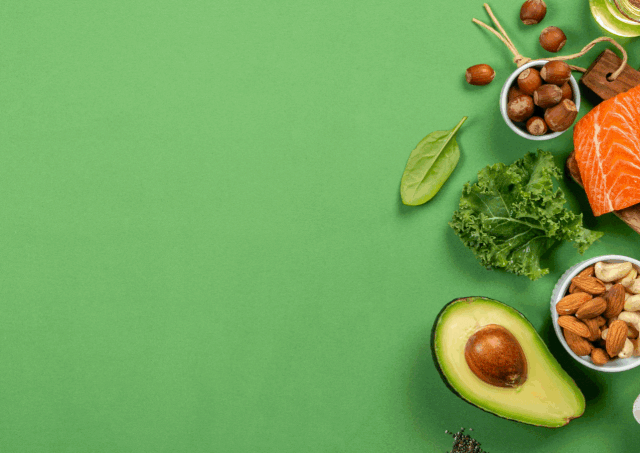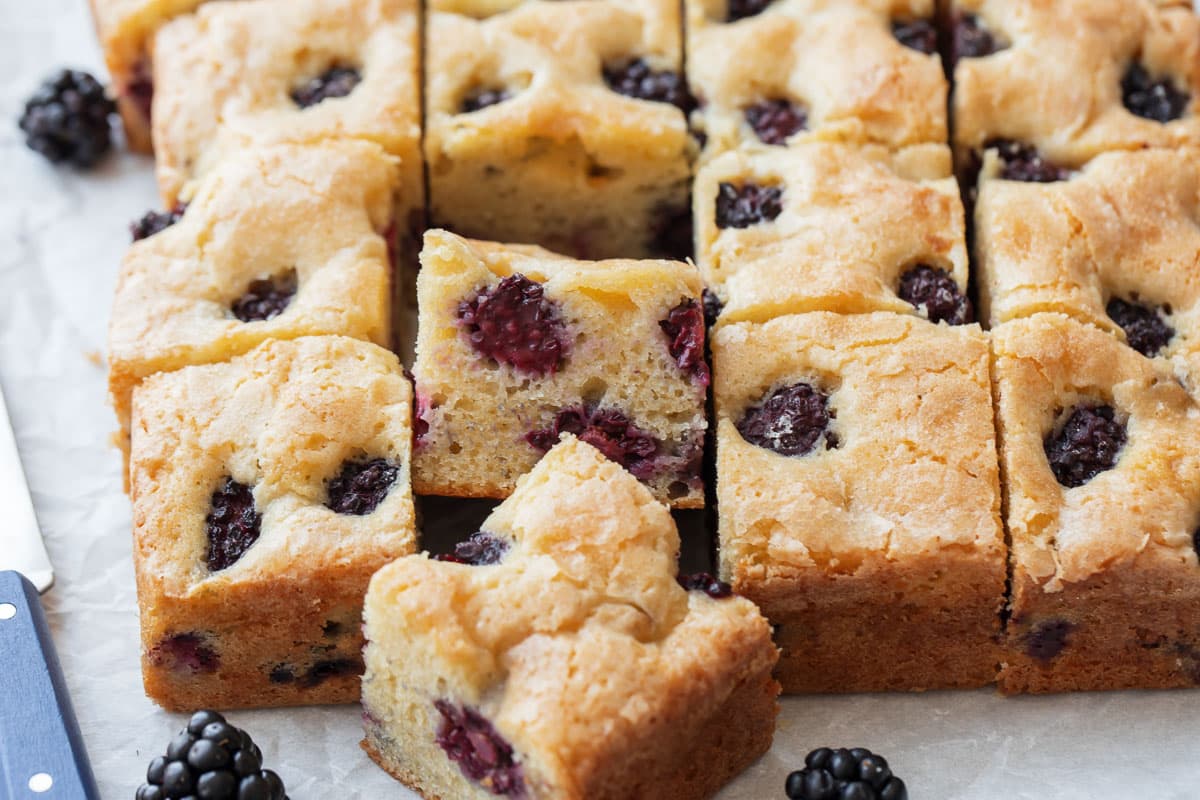What To Do Daily & Monthly To Keep Your Wooden Cutting Boards Squeaky Clean
As the workhorse of any chef's kitchen, cutting boards tend to take a beating.

Advertisement
This ad is displayed using third party content and we do not control its accessibility features.

mbg Contributor
Emma Loewe is the former Sustainability and Health Director at mindbodygreen. She is the author of "Return to Nature: The New Science of How Natural Landscapes Restore Us" and the co-author of "The Spirit Almanac: A Modern Guide To Ancient Self Care." Emma received her B.A. in Environmental Science & Policy with a specialty in environmental communications from Duke University. In addition to penning over 1,500 mbg articles on topics from the water crisis in California to the rise of urban beekeeping, her work has appeared on Grist, Bloomberg News, Bustle, and Forbes.
Image by Ali Harper / Stocksy January 07, 2025 We carefully vet all products and services featured on mindbodygreen using our Our selections are never influenced by the commissions earned from our links. As the workhorse of any chef's kitchen, cutting boards tend to take a beating. Wooden cutting boards are popular because they're strong enough to resist wear and tear from knives. Some 1990s research in the Journal of Food Protection1 found that since wood boards tend to have fewer cuts and scratches, they trap less bacteria and are easier to clean. However, another decades-old study presents a counterargument2: Wood's tendency to retain water makes it a breeding ground for germs. We're missing more recent research on the microbial load of wooden cutting boards (open call to scientists everywhere), but for now it's safe to go ahead and assume that you should be regularly cleaning yours. Here, green cleaning expert and founder of The Eco Hub Candice Batista shares her favorite tips for cleaning, disinfecting, and maintaining the prep surface.
After every use:
Every time you use your cutting board, Batista recommends wiping it down with hot, soapy water afterward. Then, be sure to dry it off well using a dishcloth. Don't air dry, as it can allow water to seep into your board and causes germ buildup and decay over time.
Just as you don't want to place a wooden cutting board in the dishwasher, you don't want to leave it sitting in water in your sink either, so be diligent about this quick rinse, and dry after use.
Every two weeks:
In addition to regular wipe-downs, you'll want to more thoroughly disinfect your board every few weeks—especially if you use it to cut raw meat. In fact, it's probably a good idea to designate separate boards for meat and plant-based prep, and disinfect the former more often.
To do so, you can either apply a thin layer of 3% hydrogen peroxide to your board (or use a DIY disinfecting wipe), allow it to sit for a few minutes, then wipe off with a dry sponge, rinse with warm water, and dry thoroughly. If you don't have any hydrogen peroxide on hand, apple cider vinegar or white vinegar can be used as alternatives, though they will be slightly gentler subs.
If it's your first time applying hydrogen peroxide or vinegar to your board, do a small test patch first to make sure it doesn't damage the wood.
Once a month:
Every month or so, Batista will scrub down her wooden board with a more abrasive mixture to pull up any lingering residue. This is a good technique to use any time your board is starting to smell, too:
Ingredients:
Method:
If you keep up with these cleaning techniques, apply butcher block oil to protect against cuts (walnut oil and almond oil can work too, as long as you don't have a nut allergy), and steer clear of dishwashers or sitting water; your wooden cutting board should stay pristine through chili bakes, fruit jamming sessions, and whatever else your fall meal plans have in store.

 Fransebas
Fransebas 



















.jpg&h=630&w=1200&q=100&v=6e07dc5773&c=1)












